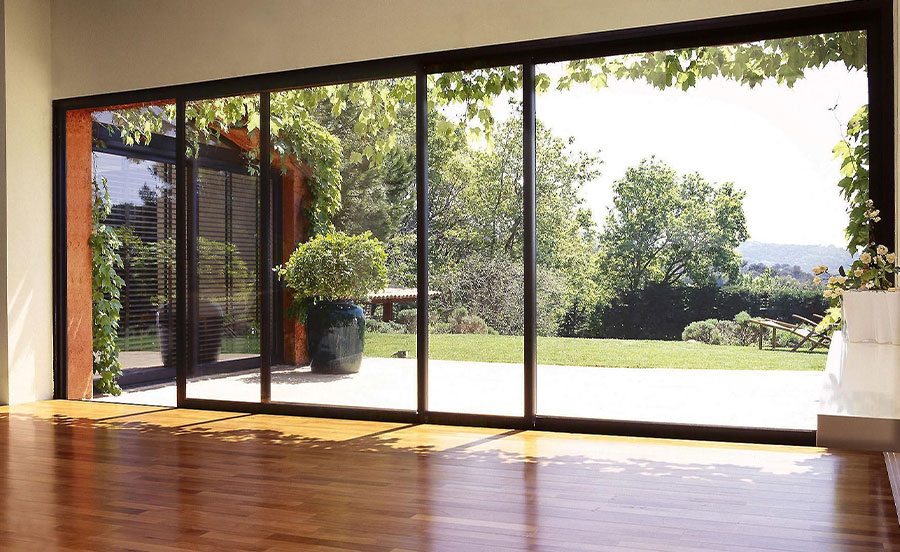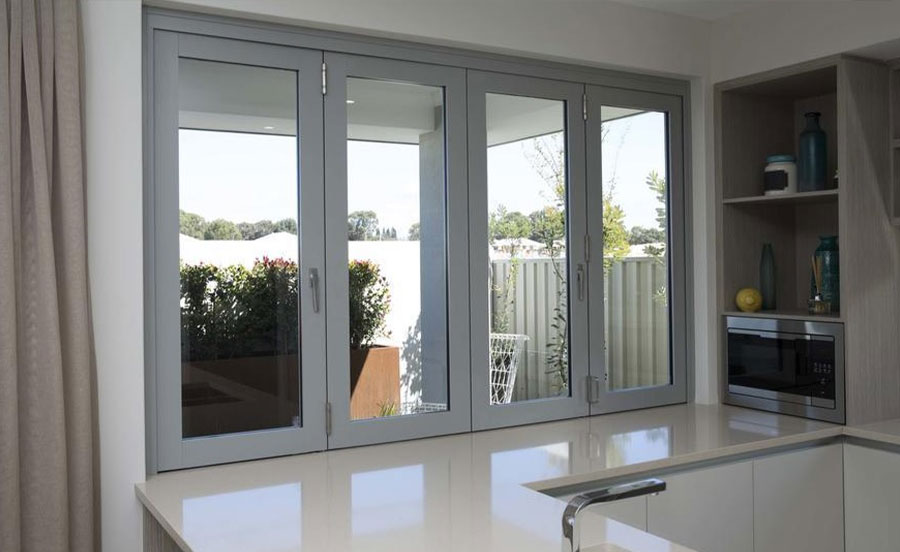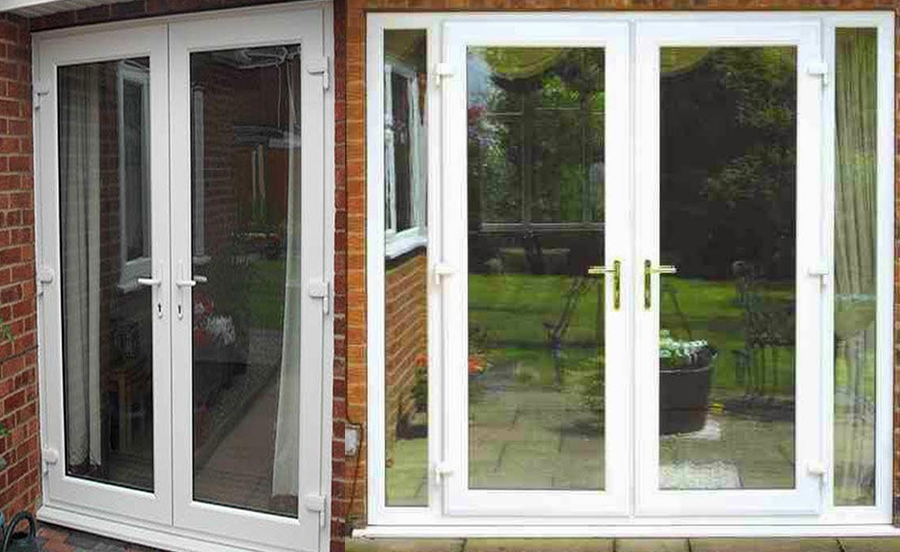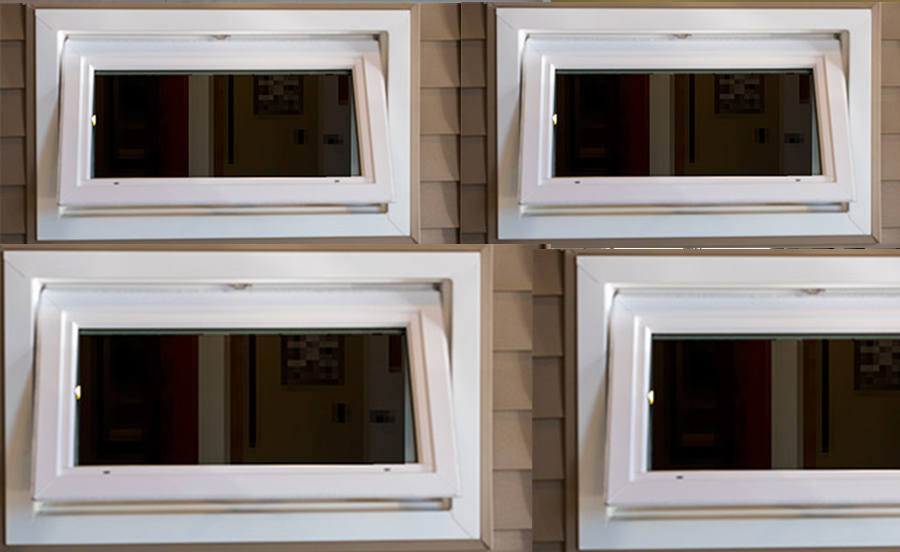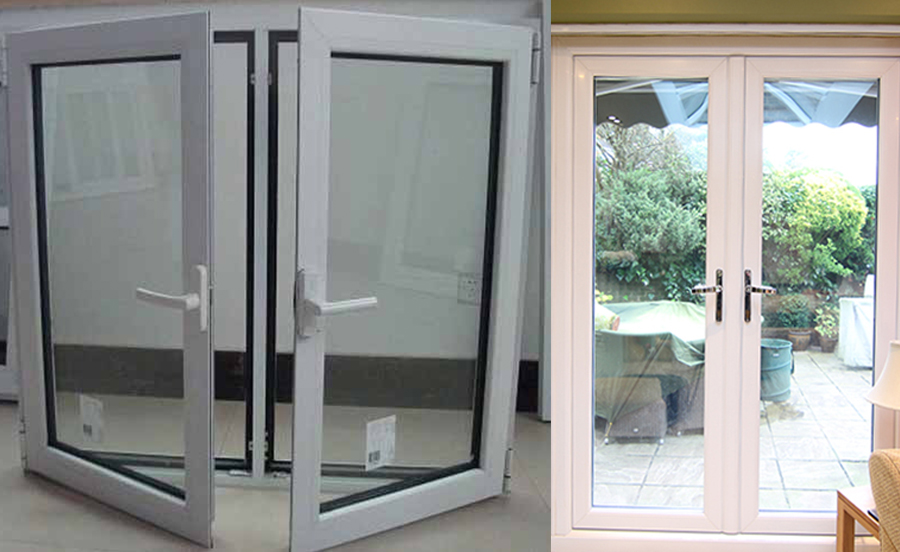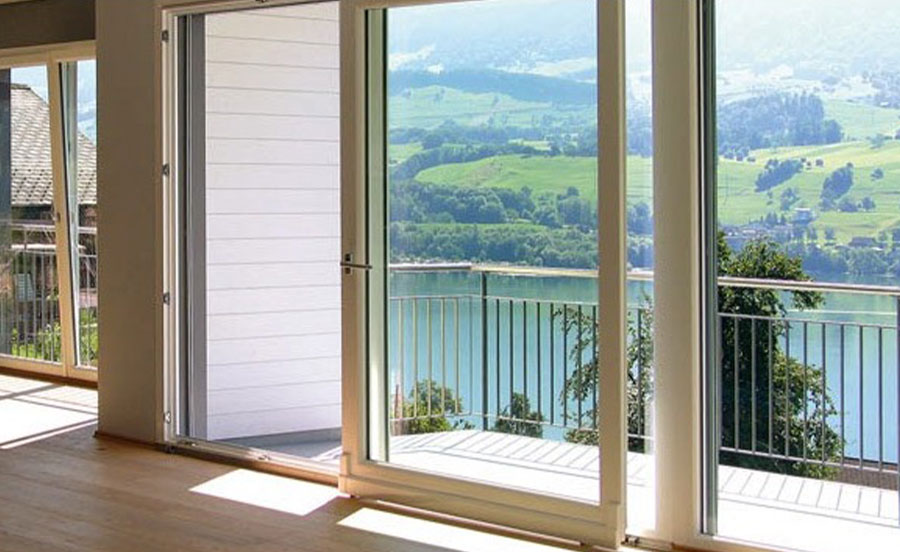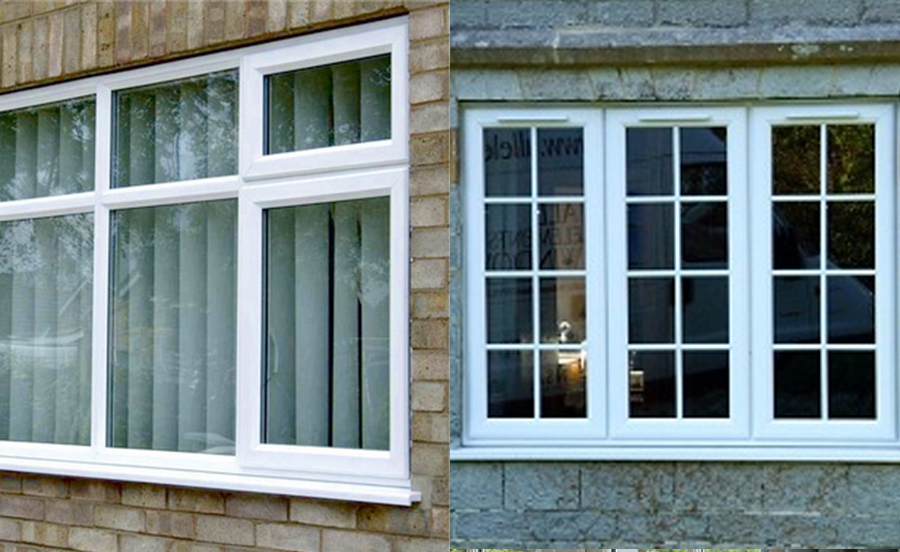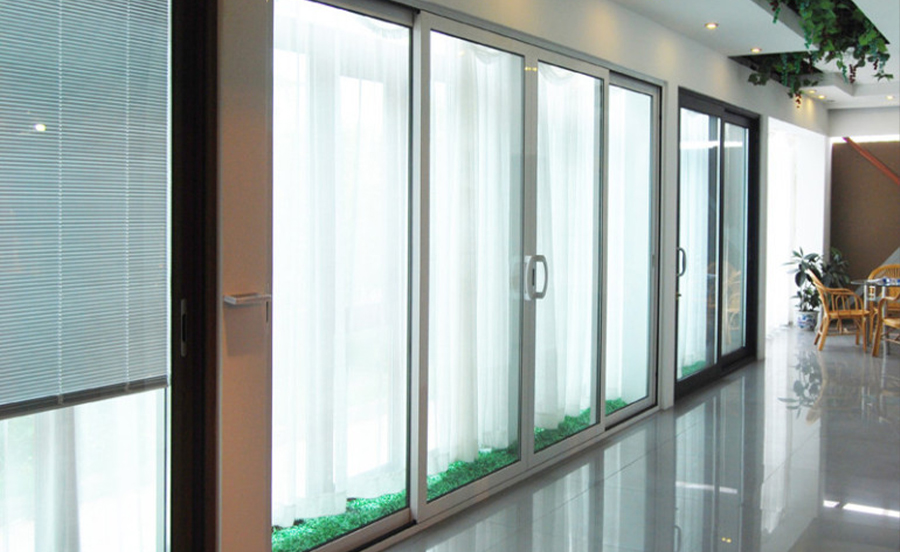Windows
Windows are glass-enclosed openings that allow people to see outside and let in light. They frequently have an opening for ventilation. Even though the Romans used glass in the past, glass windows only started to be used in homes in England at the beginning of the 17th century. As plate glass processes got better during the Industrial Age, they became more versatile and common.
During the 18th and 19th centuries, Scotland, England, France, and Ireland all implemented a window tax that was assessed based on the number of windows in a house. Buildings built during that period still frequently have windows bricked up to avoid paying taxes. In 1851, the tax was eliminated.
There are numerous materials available for the majority of window styles. Wooden windows, whether softwood or hardwood, were typically finished in paint or natural wood to prevent decay. Regular upkeep is required. Steel and aluminum combination windows are suitable for making larger areas of glass with a more slender casing. In the past, these might have resulted in condensation on metal parts.
PVC windows are low-maintenance and capable of providing excellent heat and sound insulation. However, their lifespan may be shorter compared to a well-maintained timber window.
Double and triple glazing, low-e coatings, the frame’s construction, the type of glass, the gas used to fill the sealed unit, and other factors all contribute to increased window efficiency. In general, more energy-efficient windows cost more, but the initial investment may be recouped over time through lower energy costs. Additionally, an enclosed space is likely to have more conducive conditions.
